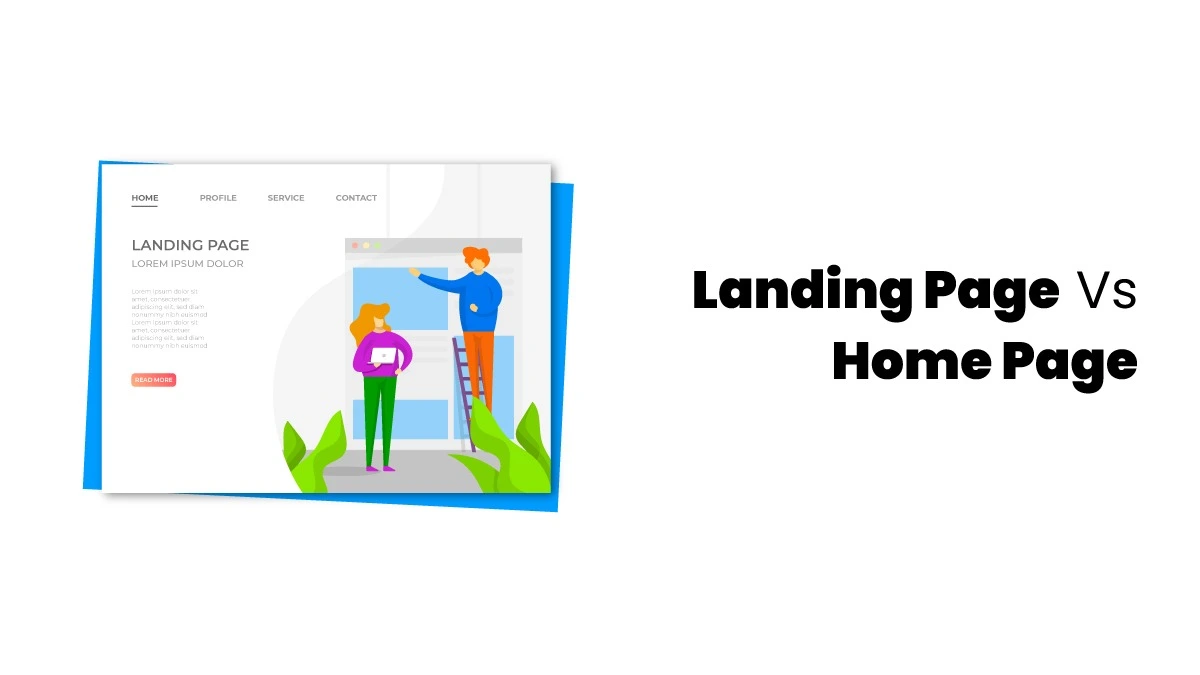At present, everyone uses mobile devices for everything from shopping to finding information. This change impacts how businesses manage their online presence, especially for SEO. Mobile optimization is emphasized since Google and other search engines prefer mobile-friendly websites.
What is Mobile Optimization?
Mobile optimization ensures users accessing your website from mobile devices have a good flow and enjoyable experience. It involves four main elements:
- It makes your website adjust to fit any screen size or device.
- Create a site that loads quickly so users don’t have to wait.
- It makes buttons and links easy to tap and navigate.
- Ensures text is clear and easy to read without zooming in.
Let’s Look at The difference between a mobile-friendly site and a mobile-optimized site.
A mobile-friendly site is designed to display nicely on smaller screens, appearing as a smaller version of the desktop site. While it may not always work perfectly on tablets, it is still functional. Features like text-based phone numbers or email addresses that allow direct calls or emails from mobile devices and slideshows or image rotators that work without Flash are included.
A mobile-optimized site is explicitly adjusted for mobile devices. It ensures that the site displays properly on smaller screens and improves ease of use. Content is reformatted, navigation buttons are larger, and images are resized according to screen size. To know how to use proper mobile optimization, joining a digital marketing course in kochi will help you provide deep knowledge.

Benefits of Mobile Optimization
Responsive design is used to make sure your website is optimized for mobile devices. It may cost more to develop, but it ensures that every part of your website is mobile-friendly. Over time, significant benefits are gained from a mobile-optimized website. Here are the key benefits of the importance of mobile optimization:
User Experience Improves Search Rankings
A good user experience is essential. If one website can’t provide that good experience to users, visitors will leave the website very early. When compared with the mobile experience, the desktop experience will be different. Pages are easy to read on mobile, and links can be clicked without zooming. Users may have difficulty reading or navigating websites on mobile devices without proper mobile optimization.
Website Speed Improvement
When Mobile Optimization is done right, it can really boost your Website’s speed. Websites not optimized for mobile tend to load slowly, especially if Flash elements are used. Mobile users are less likely to stay if pages take less time to load. By improving site speed, visitors are more likely to remain on the site for longer.
Increase User Engagement
A mobile-optimized website increases engagement with visitors, who wish to spend more time exploring content. Users can easily interact by liking posts, clicking buttons, or leaving comments.
Increase Average Time on Site
When mobile users have a good experience, they spend more time on your website. The more time they spend, the more likely they are to take action or come back later.
Improve Mobile SEO
In the past, mobile SEO didn’t impact regular SEO. However, with more people using mobile devices, Google now includes mobile SEO in its overall ranking.
How can you optimize for mobile devices?
Mobile optimization is essential for business growth. Here’s how to make your website mobile-friendly:
Start with Responsive Web Design
Aim for a clean and simple design. If you have an e-commerce site with many products, choose a design that adjusts smoothly to any screen size.
Utilise Analytics Tool
Using analytics tools helps see users interact with your site by tracking clicks, scrolls, and other actions. They can show you where users have problems or get stuck, which is valuable information for improving your site.
Use Friendly Features
To make your site mobile-friendly:
- Use lightweight images so the site loads quickly, and confirm that the buttons are large enough for easy tapping.
- Design the site to minimize pinching and scrolling.
- Keep text short and simple for easy reading, and streamline the process for completing actions.
Create Accelerated Mobile Pages
AMP makes websites load quicker on mobile devices, even with slow internet connections. Lightweight versions of web pages are created by following AMP’s guidelines and adjusting HTML code. AMP provides faster loading times and improved mobile browsing experiences. SEO benefits and better search result visibility are also offered by using AMP, making it a valuable tool for engaging mobile users.
Even with a strong marketing strategy, like using advanced SEO to attract mobile traffic, conversions will only be achieved if the website is mobile-friendly. Mobile design is important for search engine rankings because Google prioritizes a mobile-first approach. By focusing on this approach, visitors can be converted into buyers more effectively.
Regular mobile site testing is advised to see what works and what doesn’t. Adjustments should be made to meet customer needs and keep conversion rates high. Join the best digital marketing training institute to learn more about mobile optimization.










